Biarritz, Salies-de-Béarn, and Sauveterre-de-Béarn each offer a unique blend of history, culture, and natural beauty, showcasing the charm of southwestern France. From Biarritz’s coastal elegance to Salies-de-Béarn’s salt-rich heritage and Sauveterre-de-Béarn’s medieval allure, these towns are perfect destinations for travellers seeking both relaxation and exploration.
SALIES-DE-BÉARN
Located in the heart of the Béarn region in southwestern France, Salies-de-Béarn is a delightful town famous for its therapeutic thermal springs, which have been used for centuries to treat various ailments. The town’s unique saltwater springs, rich in minerals, are believed to have healing properties. Beyond its health benefits, Salies-de-Béarn offers a glimpse into history with its medieval architecture, charming narrow streets, and a 13th-century castle. A fascinating feature is the annual salt festival, celebrating the town’s centuries-old salt production. Visitors can also explore nearby scenic landscapes, including the picturesque Pyrenees mountains.
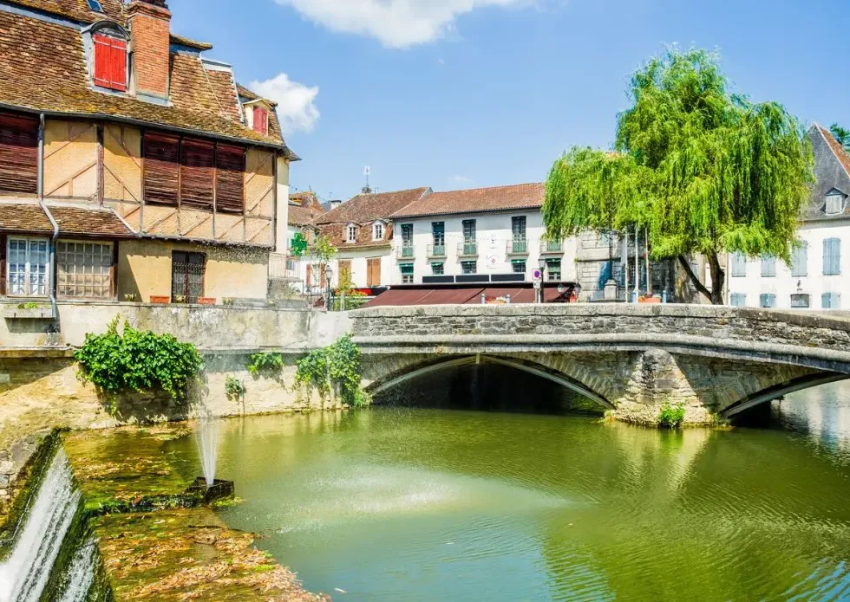
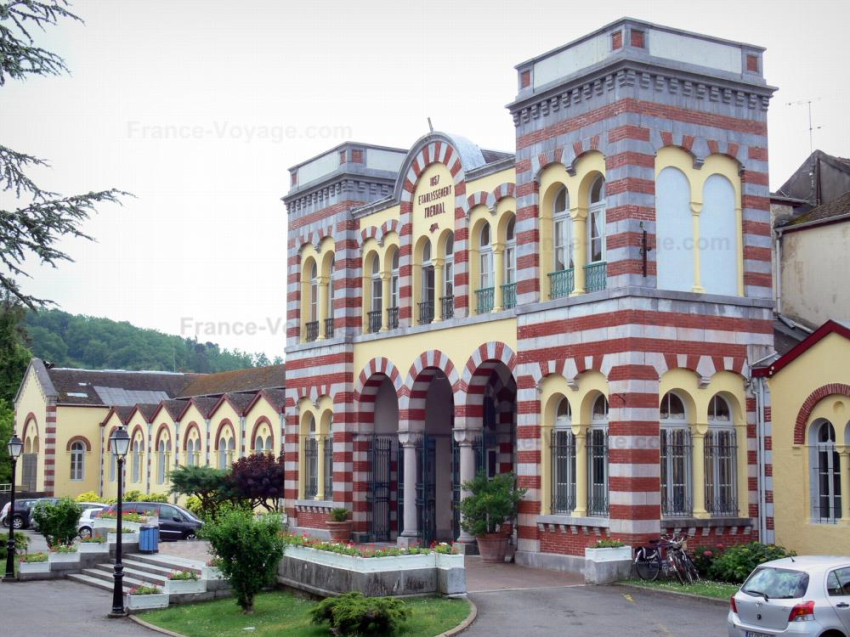
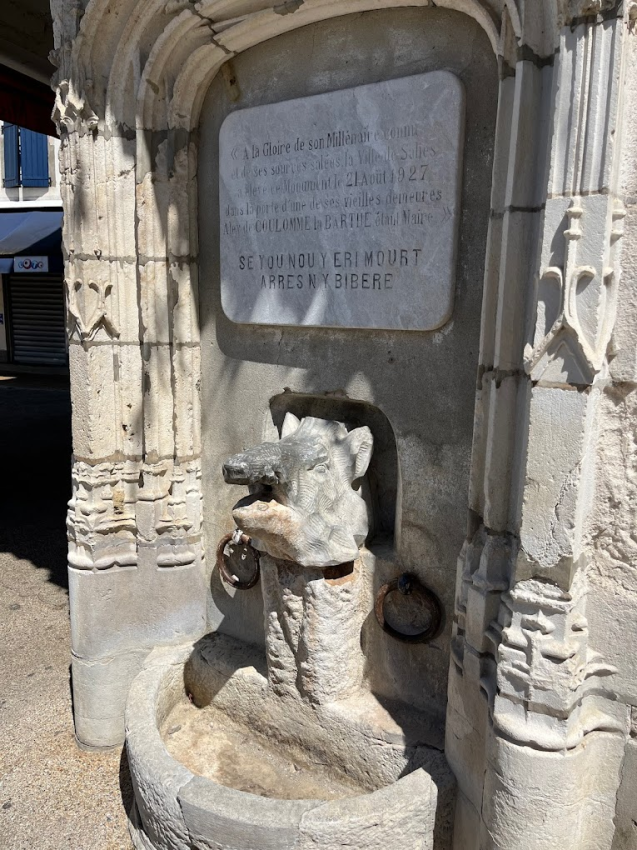
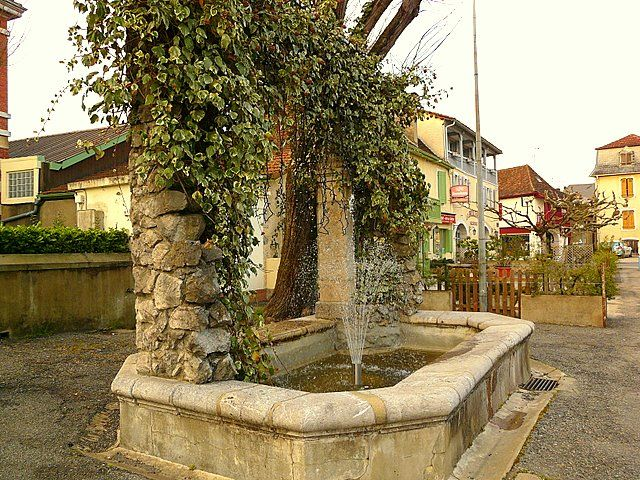
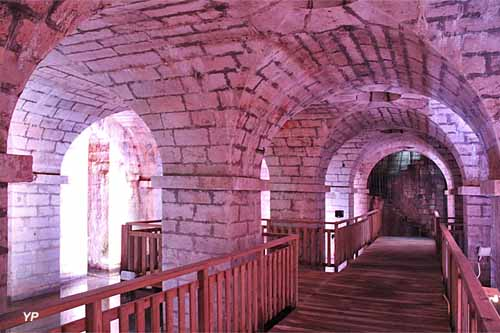
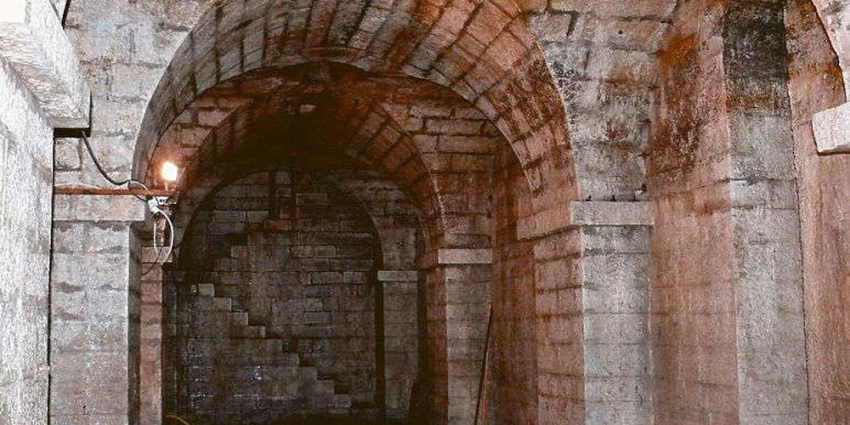
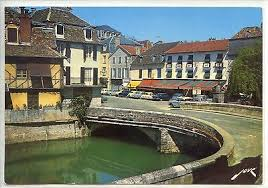
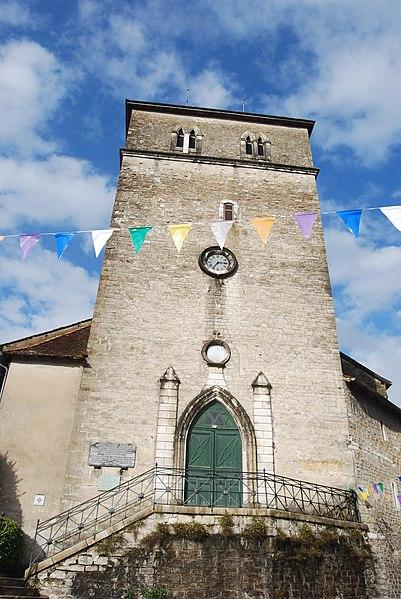
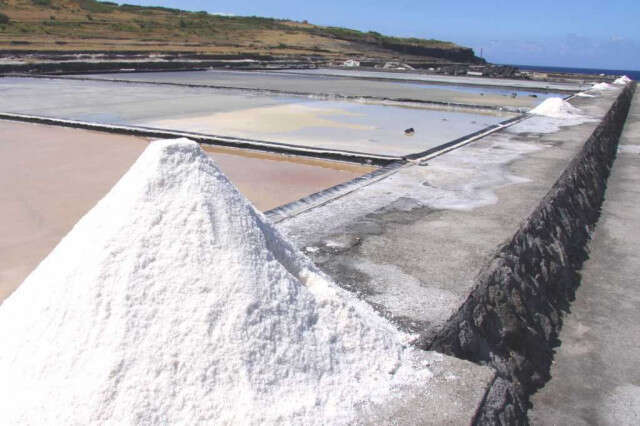











La fuente del Jabali
Τhe (Fountain of the Wild Boar) is a famous fountain located in Salies-de-Béarn. Legend has it that a wounded wild boar was discovered beside a spring, covered in salt. Observing this event, the people learnt that the salty waters existed, which would later make Salies-de-Béarn well-known for its therapeutic and restorative qualities.Τhe Fountain of the Wild Boar is one of the town's primary tourist destinations and a representation of the town.
La crypte du Bayaa
The basin was once an outdoor drawing room, but in the 19th century it was covered with a dome, and for many years it was totally immersed in salt water.
The crypt is now accessible to the public after the water was drained and considerable restoration work was completed. This plunge beneath Salies-de-Béarn's main square reveals a secret area where an architectural structure never seen before is brought to life by the interaction of light.
In addition, it chronicles over 3,000 years of saltwater extraction, which is a crucial component of the area's rich history.
Pont de la Lune
The Pont de la Lune is a picturesque bridge that crosses the Saleys River in the town of Salies-de-Béarn in southwestern France. The bridge, along with the Saleys Waterfall, is one of the most distinctive features of the town and offers a spectacular view of the historic center.It might be the ideal bridge to make the most impressive entrance into the small town, impressing the locals with your style.
Musee du sel
The Salt Museum in Salies-de-Béarn is the perfect place to learn about how salt has played a role in the region's history for over 3,000 years. From its mining to its trade and use for food preservation, the museum shows you the whole salty story.The Salt Museum is one of the most interesting spots, offering both educational content and a glimpse into a unique side of local heritage!
Passage oustau doy saleys:
The Passage Oustau Doy in Salies-de-Béarn is a picturesque pedestrian street or corridor that connects various parts of the city and it passes through historic buildings or places related to local tradition.It's the perfect place to pretend you're a time traveler, jumping from history to the present day.
Eglise saint vincent:
The Church of Saint Vincent (Église Saint-Vincent) in Salies-de-Béarn is a historical monument worth visiting. Built in the 14th century, the church is renowned for its architecture and Gothic influence. It impresses with its magnificent arches, stained glass windows, and an atmosphere that transports you back in time.
Las salinas de salies de bean:
Natural springs with saltwater that is harvested and treated to make salt are known as "salinas." For centuries, the primary economic activity in the region was the extraction of salt from these springs, which had a big impact on Salies-de-Béarn's growth. With the salt museum and the historic buildings bearing witness to the past of this age-old industry, Las Salinas is now a significant cultural and tourism attraction.
In medieval times, salt was so valuable it was called “white gold.” Salies’ salt wealth made it one of the richest small towns in Béarn in the 17th century.
SAUVETERRE DE BÉARN
Sauveterre-de-Béarn is a medieval village in southwestern France, known for its historical significance and picturesque setting along the Saison River. Once a key capital under the Viscounts in the 13th and 14th centuries, it features impressive city walls, cobblestone streets, half-timbered houses, and the Gothic Church of Saint-André. A great base for outdoor activities and regional cuisine, it perfectly blends history, nature, and culture, making it a must-visit destination.
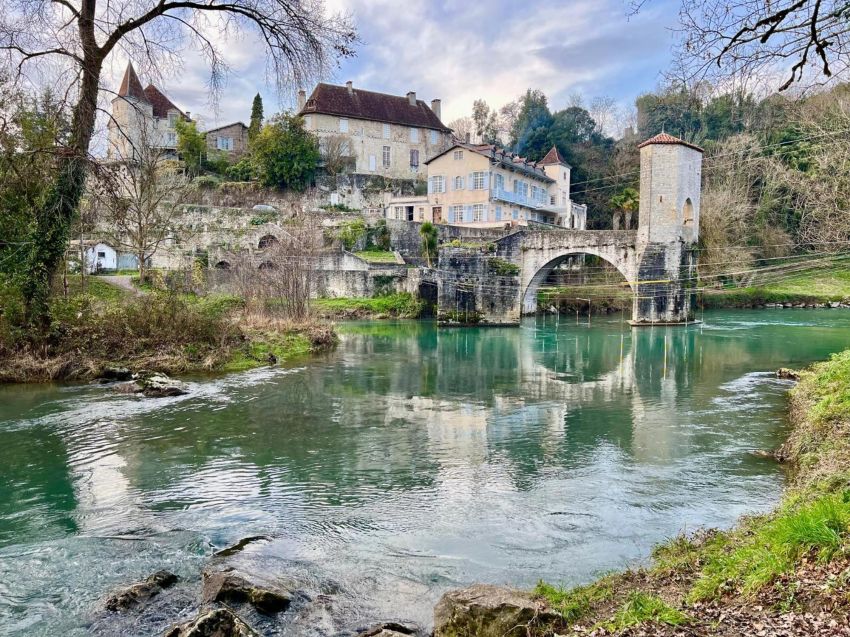
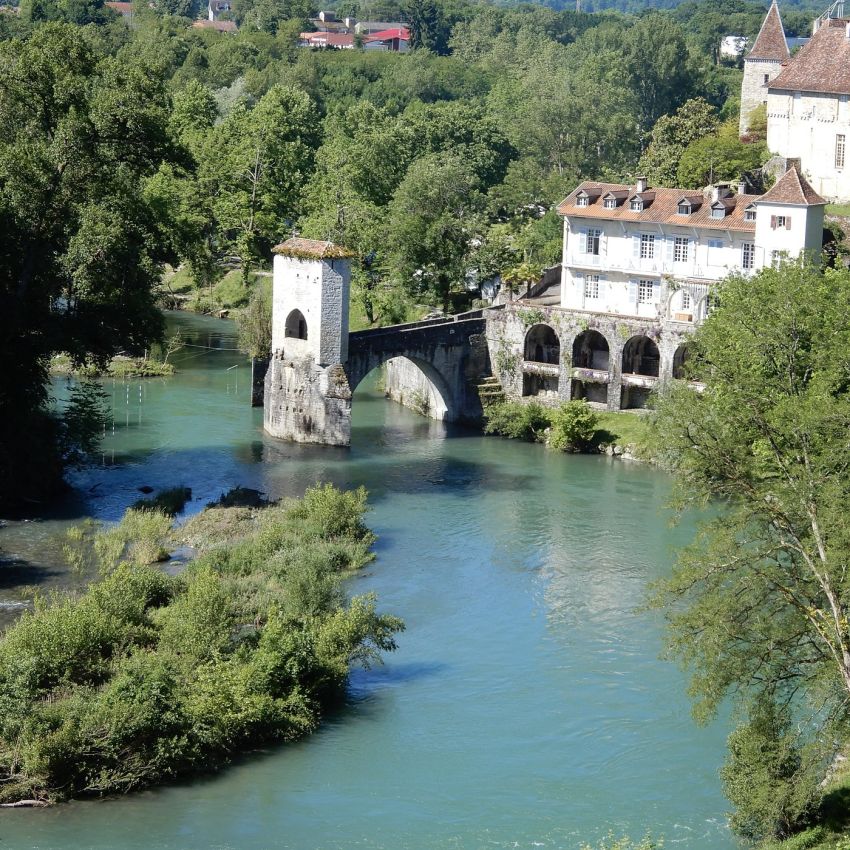
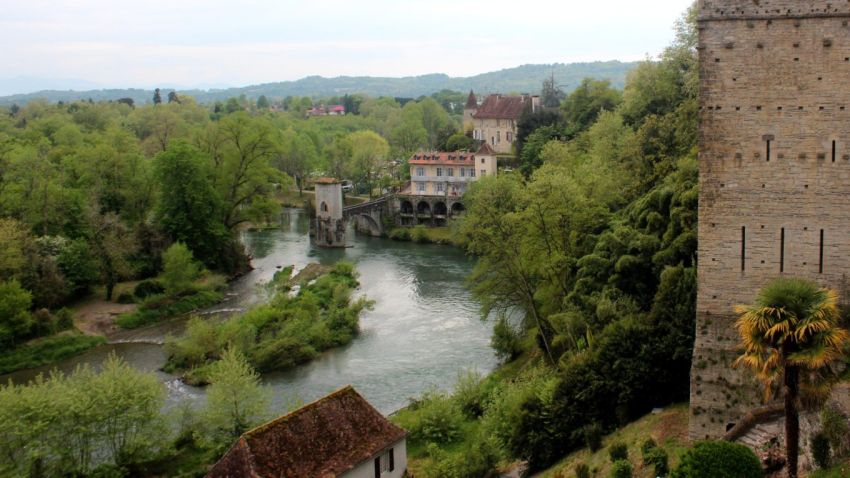
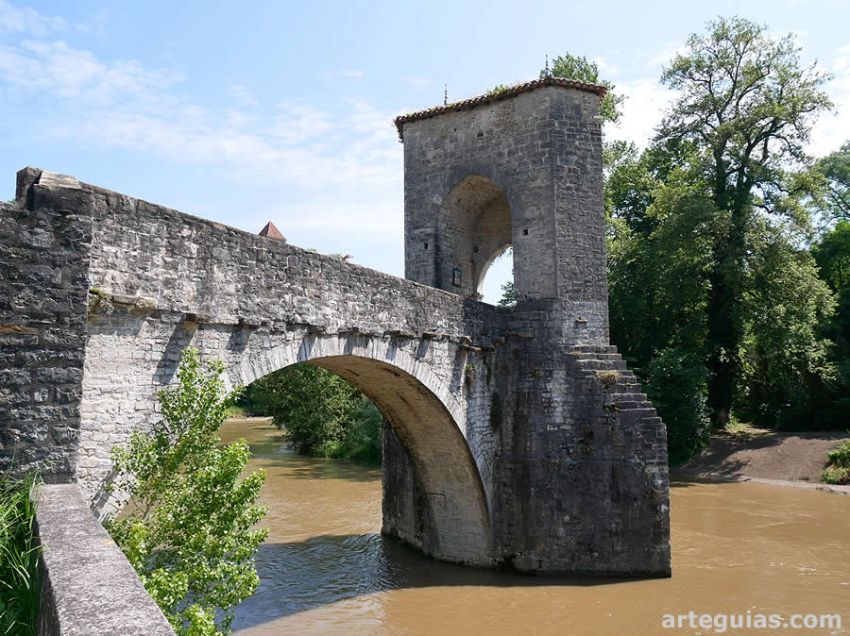
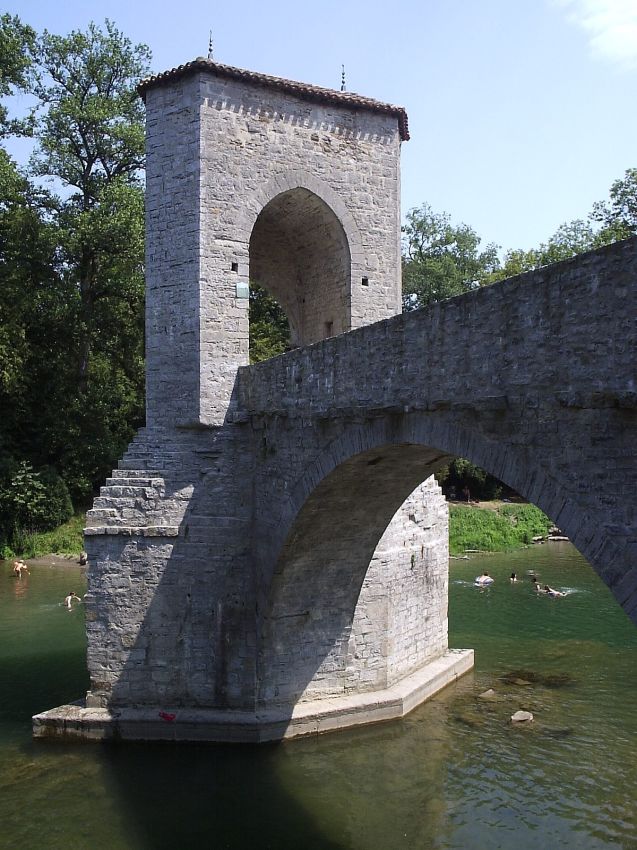
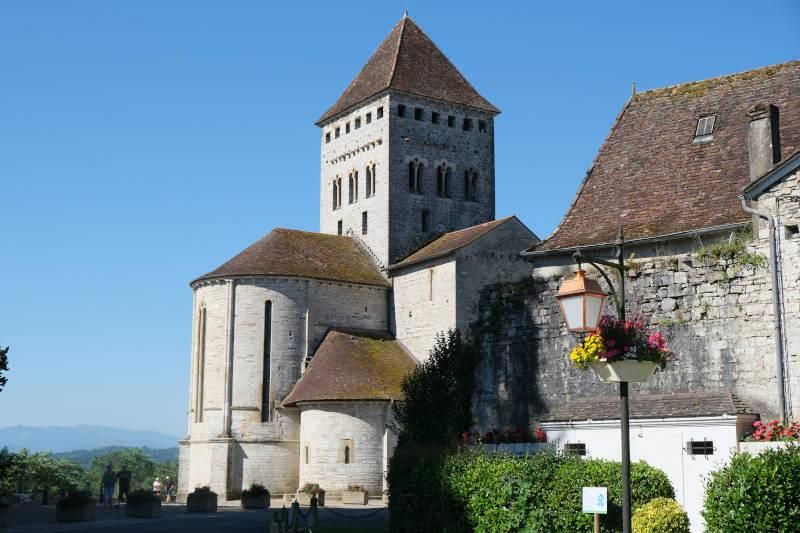






Puente de la leyenda
One of the village’s most iconic landmarks is the Puente de la leyenda, a medieval bridge that spans the Saison River. It’s one of the oldest of its kind in the region, reflecting the village’s historical role as a trade and defense hub.
The Church of Saint-André
A stunning Gothic church that dates back to the 13th century, showcasing impressive architecture and historical significance - listed as a historical monument.
BIARRITZ
French people refer to Biarritz as a Spa Town. The idea behind the foundation of this special place was to create a location at the sea on the other side of France where the Parisian population could get away from the heat of the capital and further away from the sizzling côte d’Azur. It is well known for its luxurious hotels, the casino and the beautiful sandy beaches. On the contrary it is also known to be a surfer’s paradise where you can find nice bars, cafes and shops with a very relaxing atmosphere. This mix between high-end tourism and the laid-back surfer lifestyle make of Biarritz a unique destination. Biarritz hosted the 2017 World Surfing Championship.
Here you have some photos with the most important attractions:
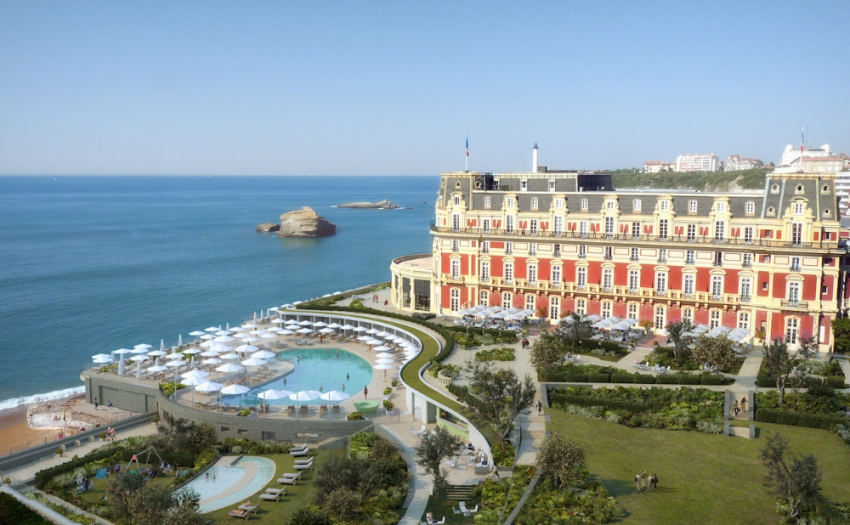
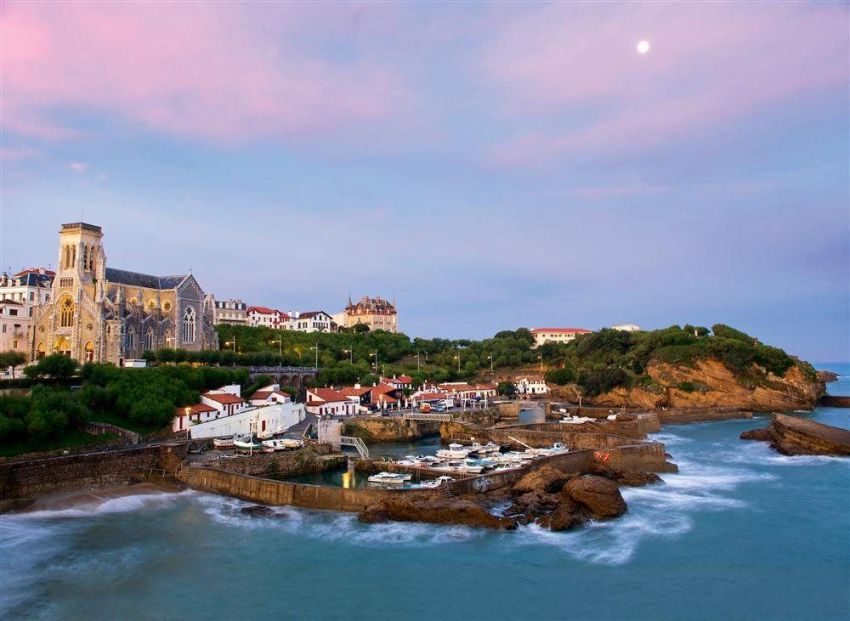
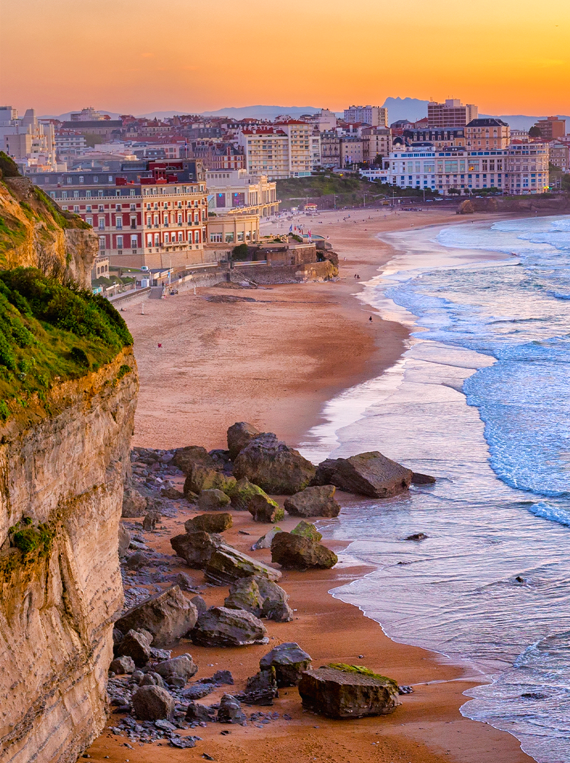
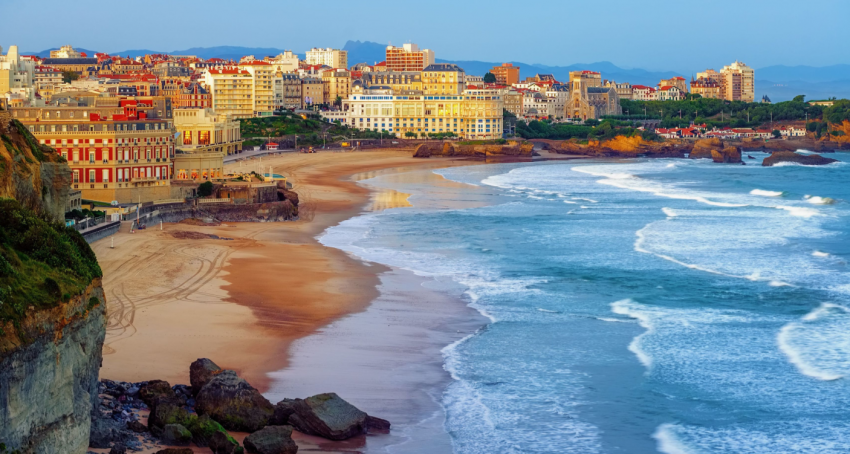
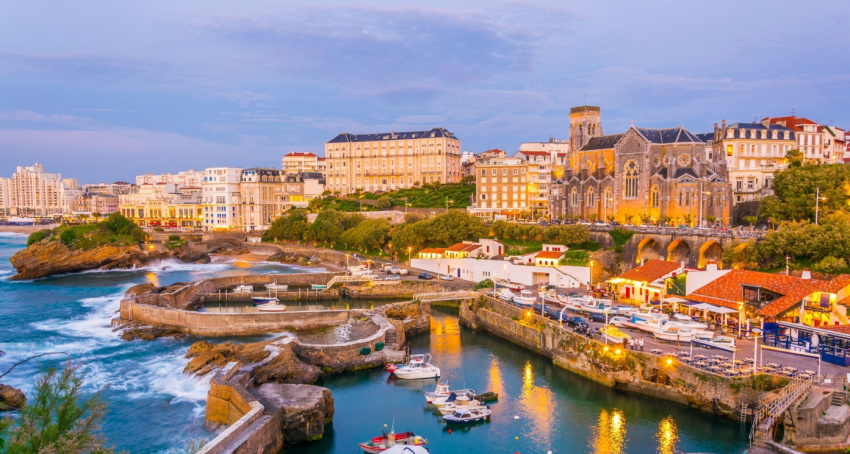
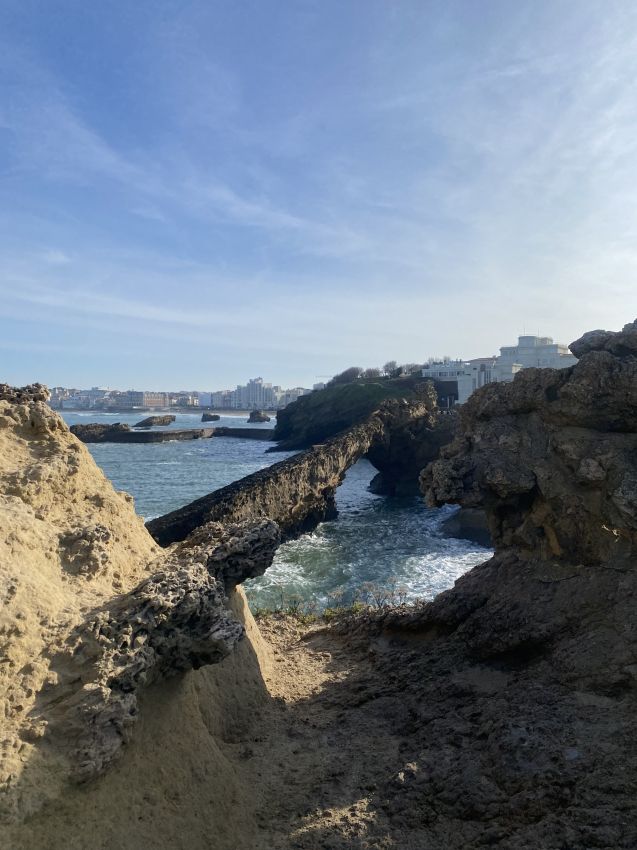
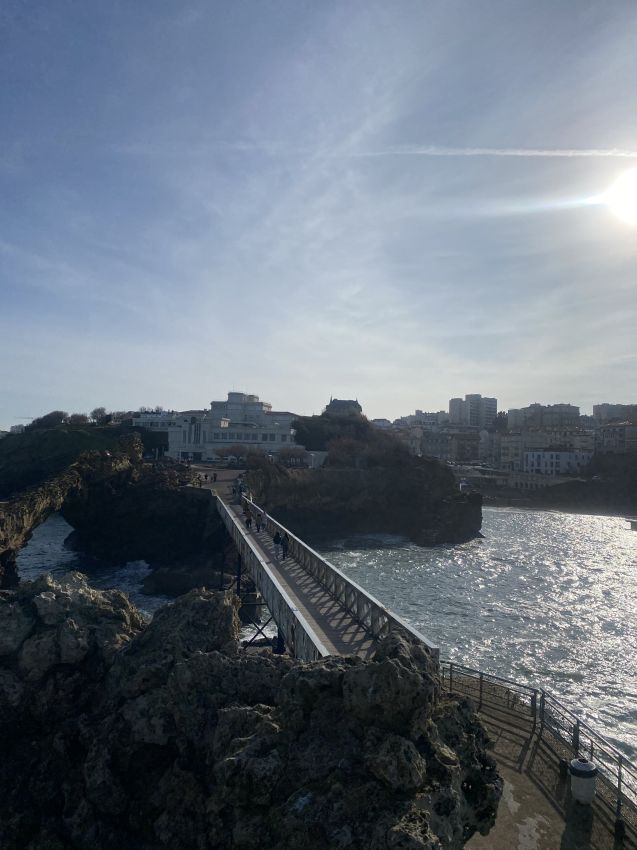
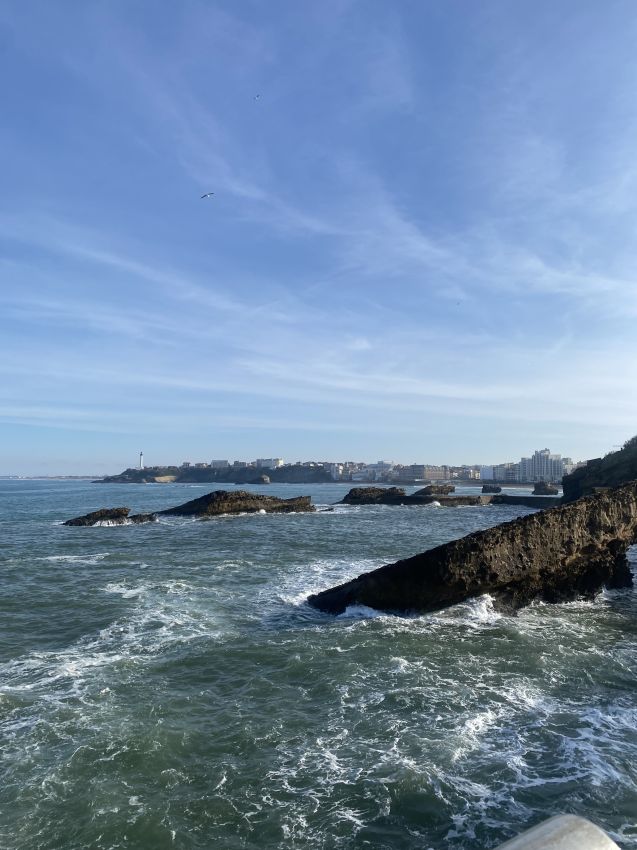
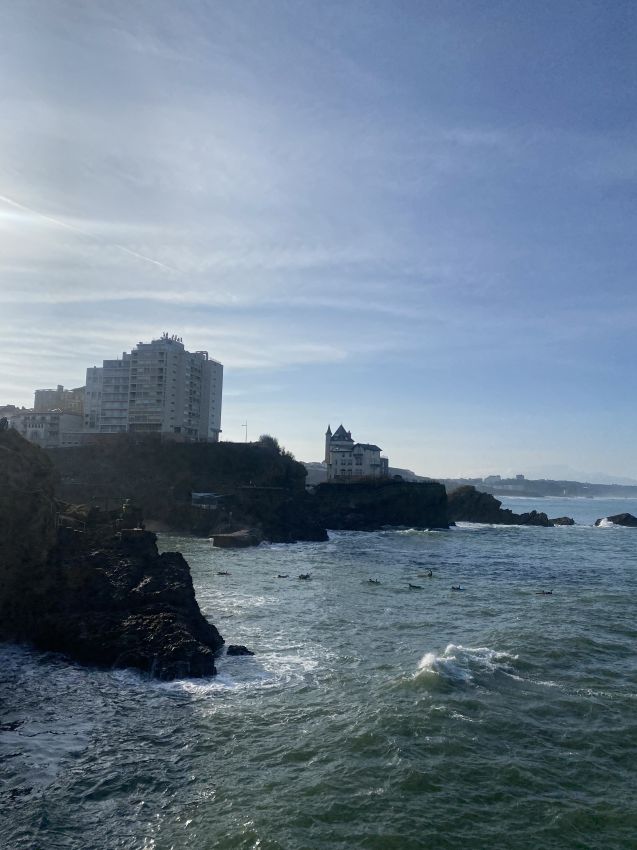









Beach of Biarritz
Well known by many as the best sun and beach destination in all of France, the coastal town of Biarritz offers some of the most beautiful beaches in western Europe.
The most important beach is Grande Plage (Playa Grande), usually quite crowded with a general family- oreinted public. La Grande Plage is composed of golden sand and bordered by a promenade where you will find bars, restaurants and a wide range of activities to participate in.
Rock of the Virgin Mary
One of the iconic images of Biarritz is the white statue of the Virgin and Child on a steep rock that protrudes from the sea. Cross a pedestrian bridge to see the statue and enjoy the wonderful views of the coast. The place is also famous for its really nice location to take the best photos.
Old Port
You can enjoy a relaxing walk with an incredible coastal scenery, a visit to an aquarium, and an excellent dinner in the historic port of Biarritz. At the heart of the picturesque Old Port of Biarritz is the horseshoe-shaped Plage du Port Vieux. Protected from the wind and waves by a rocky cove, the beach offers a tranquil setting for swimming and is popular with locals and families with young children. Sit on the golden sand and enjoy the views of the Bay of Biscay.
PRICE
PRICE









